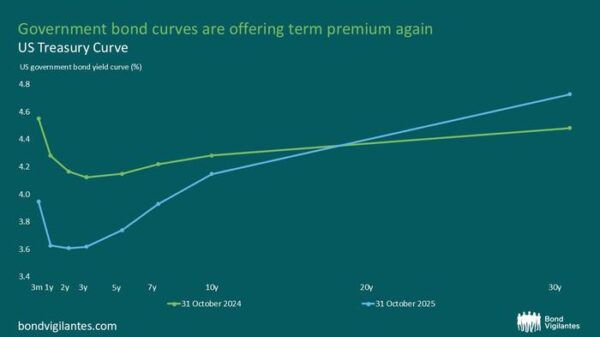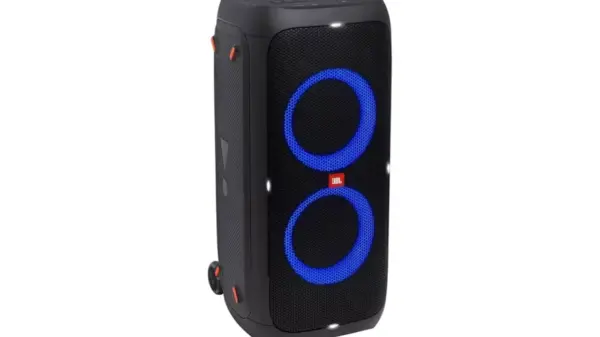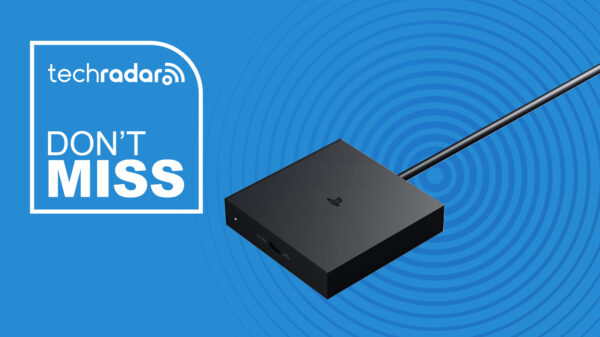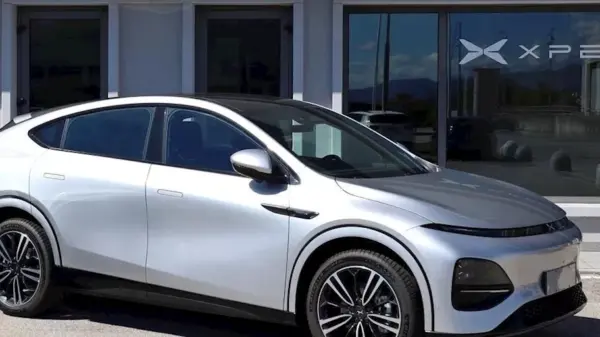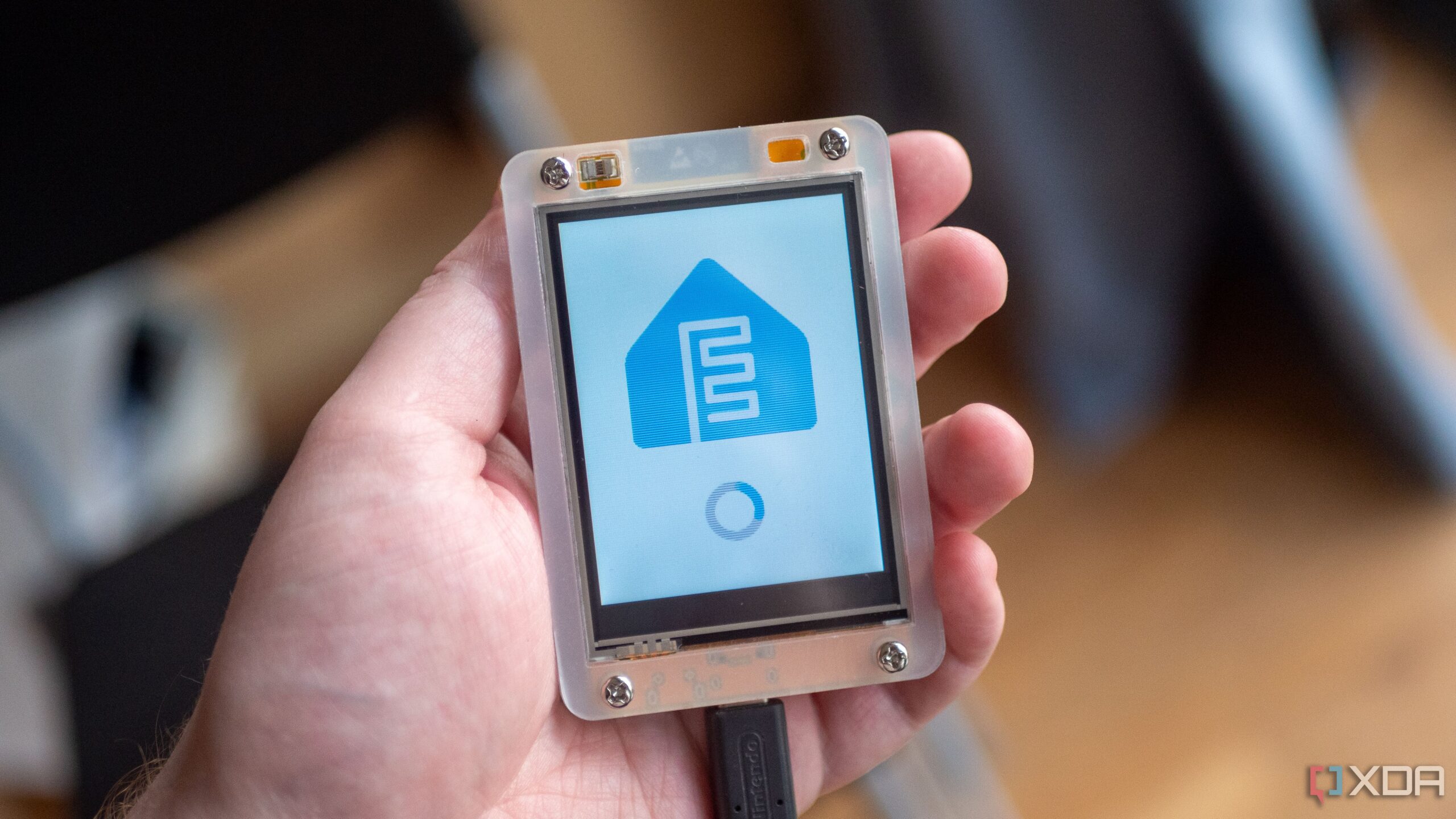UPDATE: New reports confirm that the $20 ESP32 display is rapidly becoming the go-to choice for smart home enthusiasts, outperforming traditional tablets in critical areas. This development is reshaping how DIY projects are approached, especially for those integrating technology into their homes.
In a world where home automation is on the rise, the flexibility and efficiency of the ESP32 display are proving to be game-changers. Unlike tablets, which can be cumbersome and limited in functionality, the ESP32 display offers a streamlined solution for projects like NAS monitoring and managing connected IoT devices.
The ESP32 display is a plug-and-play solution that eliminates the complexities of managing multiple apps. With a simple connection to a microcontroller, users can create customized dashboards that display real-time data without the constraints of a mobile operating system. This advantage means no unnecessary interruptions from notifications or background apps, allowing for a more reliable and focused display.
For instance, tech enthusiast Adam Conway demonstrated the capabilities of the ESP32 display by building a Spotify “Now Playing” dashboard. His project highlights the device’s ability to fetch data from multiple sources, showcasing how it can be tailored to meet specific needs.
Moreover, the ESP32 display boasts superior connectivity options. Users can easily connect sensors to gather real-time data, like temperature readings, which can be displayed directly on the screen. In contrast, tablets are limited primarily to USB connections, restricting their usability in DIY projects.
Why does this matter? The ESP32 display is not just a cheaper alternative; it is designed for continuous operation. Unlike tablets that may overheat or experience battery issues when used around the clock, the ESP32 display can run 24/7 without complaints, making it ideal for permanent installations. Users can set it up to timeout after a few seconds if desired, but its primary function remains steady and reliable.
As the tech landscape evolves, the decision to invest in an ESP32 display can lead to substantial savings. At just $20, it offers a cost-effective solution compared to tablets which can easily exceed $100. This affordability allows hobbyists to experiment with multiple projects without the financial burden associated with pricier devices.
The ESP32 display comes in various shapes and sizes, catering to different project needs. While it may not provide the same touch experience as a high-end tablet, its low power consumption and easy programming make it an attractive option for tech-savvy users. Many resources are available to guide beginners through the setup process, ensuring that anyone can tap into its potential.
In summary, the $20 ESP32 display is not just another gadget; it is a powerful tool that is quickly reshaping the smart home landscape. With its unmatched flexibility, connectivity, and cost-effectiveness, it stands as a compelling choice for anyone looking to enhance their home automation projects.
What’s next? As more users discover the advantages of the ESP32 display, expect a surge in community projects and shared experiences that showcase its capabilities. This innovative shift is not just limited to tech enthusiasts; it appeals to anyone looking to simplify their smart home setup while maximizing functionality.
Stay tuned for more updates as this trend continues to develop, and consider joining the movement toward smarter, more efficient home automation solutions!



















